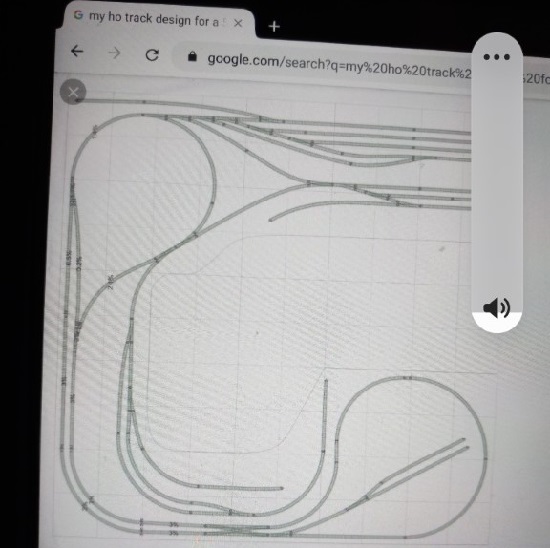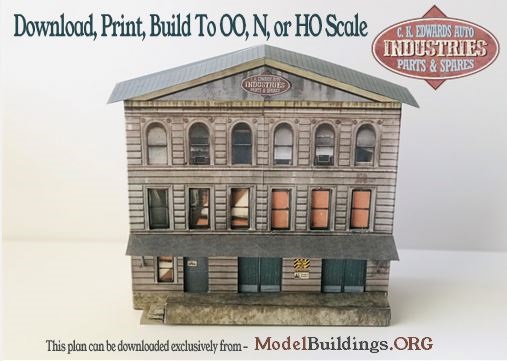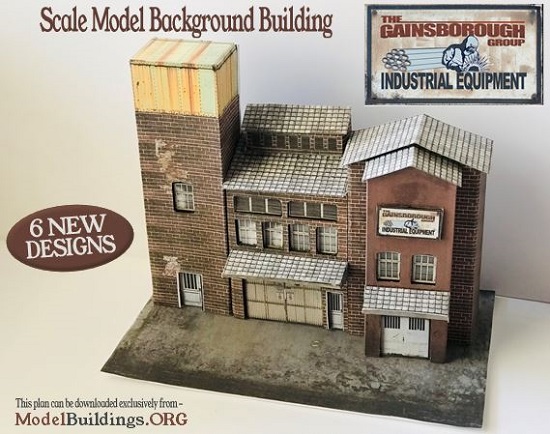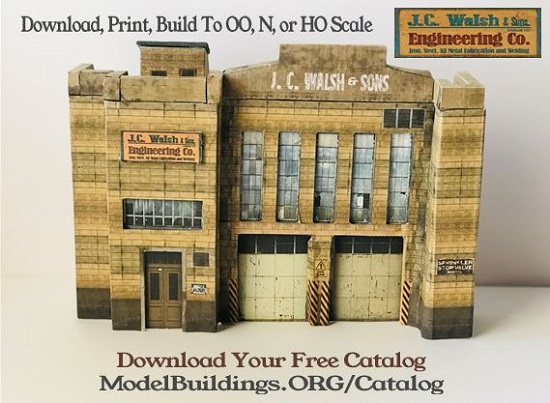Everything on model trains, model railroads, model railways, locomotives, model train layouts, scenery, wiring, DCC and more. Enjoy the world's best hobby... model railroading!
Athearn SW15 On 15-Inch Radius Track
Matt models HO and asks:
“I want some advice on the max rolling stock length and using an Athearn SW15 on a 15″ radius track? Any issues? Thanks guys!”
Write your suggestions below.
Engine Wheels Lifting
Lyle models OO and asks:
“Hi there, the small wheels at the front of my engine lift up but not off the track on the bend, but going backward it does not. Any help is great thanks.”
Raised Second Track
Steve writes:
“Hi everyone. I was a newbie and I did a full HO layout for the first time on a 8 x 4 board and really enjoy it. Was thinking about expansion upwards and was thinking of running a raised track on top of the one I have – the only piers/risers I see have flat bottoms which obviously won’t work. Any ideas or is my idea one that can never work. Thanks in advance.”
Track and Engine Type
A different Mike who posted below writes:
“it’s been a while since I have been in the hobby so do I buy a set or individual engine and cars? Wondering about the type of track, brand for all of the above? I want N scale, diesel, and am looking at small layout and a mining scene. Thanks.”
Please contribute your suggestions to assist Mike below.
Kato vs Athearn vs Bachmann
Mike asks:
“I am new to the model train world and would like to know Kato engines and rolling stock compares to Athearn and Bachmann? I am about to buy items to set up my first HO scene. Thanks guys.”
Contribute your thoughts below.
Track Insulators
Barry writes:
“It has been a long time since I have written anything, about anything. We will be moving to the sunflower state (Kansas) and l will have a room for my model railroad HO scale 10 x 12. On the picture is a layout or design if your readers could help me a little on where the track insulators would go? Thanks.”
Removing Track Ballast
Tony asks:
“Is there a quick way to remove the ballast from sections of track? I inherited the layout and I assume my Dad used some kind of PVA white glue. Can it be dissolved without making too much mess?”
Contribute your thoughts below.
Engine Condition
Phil writes:
“I ran across a Lionel engine that is about 70 yrs old and in poor condition. I have attempted to clean it up, but I can’t get the engine drive wheels to move manually. I only have the engine and some cars. The engine is a Lionel 027. Any info on this train would be appreciated.”
Quality of Locomotives
Andy asks:
“Hi all. I’m getting back into the hobby after a 40-year absence. There is a good deal going on an N scale loco that I like. Can I have a consensus from your readers on the quality/reliability of Broadway Limited Imports equipment? Thanks in advance”
Broadway Limited Rolling Thunder Compatible With MRC 2000
Chris asks:
“I have an original MRC 2000 DCC system that runs up to 10 HO scale trains. I just purchased a beautiful CSX Broadway Limited rolling thunder and I’m hoping the sound functions will work with my MRC 2000. Anybody know?
You can contribute your comments below.
Broadway GE ES44AC
Don Models N Scale and posts this question:
“I cannot get the 3 Broadway GE ES44AC that I own to run at more than a crawl. I have changed cv’s as per advice to no avail. Any help with the settings would be appreciated. They run on a very large Digitrax layout. Thank you.”
Please contribute your thoughts if you are able to assist Don.
Wire Connections – 12 Gauge, 20 Gauge, 22 Gauge
Gary models in HO and posted this question:
“I will have drops 20 gauge to 22 gauge wires and will run a 12g buss. I presume I can’t use suitcase connectors to connect the 20g or 22g to a 12g wire. However, I can only locate yellow t taps for 12g which need a 10g or 12g connecting wire on a spade. Can I use yellow t taps for 12g with 20g or 22g wire on the spade? I hope this doesn’t sound too confusing because I am starting to get confused myself now? HA! HA!”
Contribute your thoughts below.
Types of Bachman Track
Vic models HO and writes:
“I have an older Bachman train set that has track that uses track connectors. I cannot find this type of track anywhere. All I can find is the EZ Track type that snaps together. Does anyone know what the type of track I have is called and where I can buy more?”




















